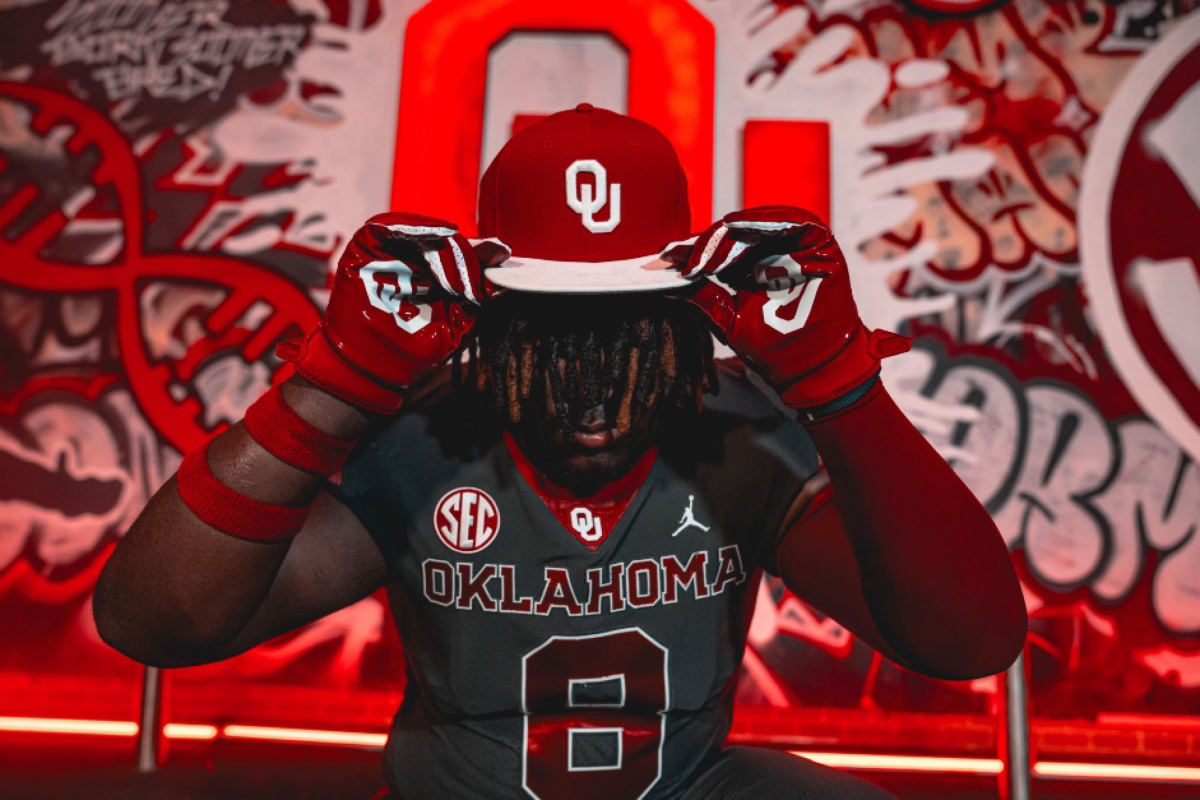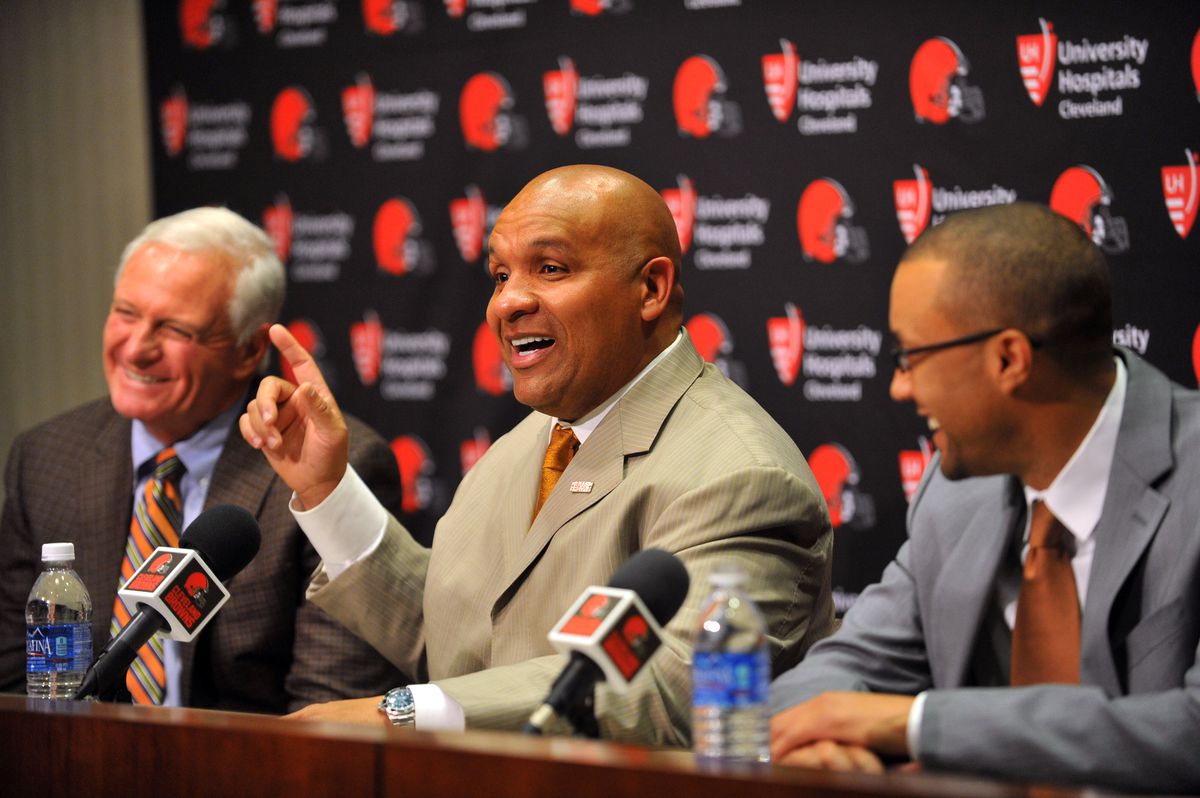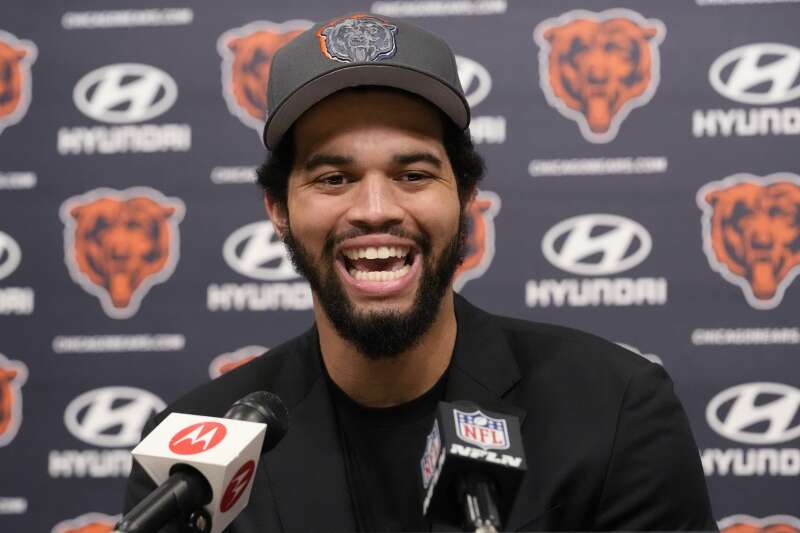
The Oklahoma Sooners football program has taken a bold and unprecedented turn in its recruiting strategy, signaling a major shift designed to modernize operations and better compete in the fast-evolving landscape of college football. With their move to the SEC on the horizon, Oklahoma is taking proactive steps to stay competitive—not just on the field, but behind the scenes in how they build their roster.
At the heart of this change is the hiring of Curtis Lofton as the program’s first-ever General Manager. A former All-American linebacker at Oklahoma and an eight-year NFL veteran, Lofton brings a professional approach to roster construction, talent acquisition, and overall team management. This role, rarely seen in college football, reflects a growing trend of programs adopting NFL-like structures to handle the complexity of modern recruiting, player development, and the transfer portal.
Adding further credibility to this strategic overhaul, Oklahoma also brought in Jake Rosenberg, the former Vice President of Football Administration for the Philadelphia Eagles, as a consultant. Rosenberg’s NFL background gives the Sooners a cutting-edge advantage in operations, cap-style roster balancing, and long-term planning—skills that are increasingly necessary in the Name, Image, and Likeness (NIL) era, where player movement and financial dynamics now play critical roles in recruitment.
These leadership changes have already had an impact. On the recruiting trail, Oklahoma has seen both gains and setbacks. In a surprising development, four-star quarterback Kevin Sperry, once a vocal leader of the 2025 recruiting class, decommitted and flipped to Florida State. His departure coincided with internal coaching shifts and a turbulent recruiting phase, raising concerns about consistency in the Sooners’ offensive planning.
However, Oklahoma rebounded quickly with a major win: the flip of five-star defensive lineman Quincy Ledet Jr. from Georgia. This move was a statement of intent. Ledet, regarded as one of the top defensive prospects in the nation, cited strong relationships with the OU staff and his belief in Brent Venables’ defensive system as key reasons for the flip. Family ties and the opportunity to play early also played a major role.
In addition to high school recruiting, the Sooners have been active in the transfer portal. Notably, they added kicker Tate Sandell from UTSA, addressing a need in special teams. These portal additions complement their traditional recruiting efforts and reflect a blended strategy that mirrors NFL roster-building tactics.
As Oklahoma prepares to enter the SEC—a conference known for its physicality and depth—the new recruiting model positions the Sooners to compete more effectively. The GM structure and professional management approach could very well become a blueprint for other major programs.
In short, Oklahoma’s recruiting direction isn’t just a temporary shift—it’s a redefinition of how they intend to build a championship-caliber football program. By integrating NFL principles and modern analytics into the college model, the Sooners are betting on innovation to bring long-term success.
Would you like a graphic outlining the new recruiting structure?



